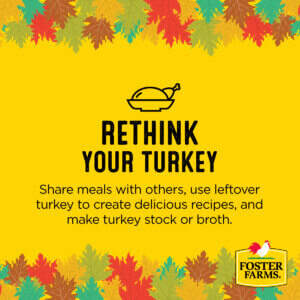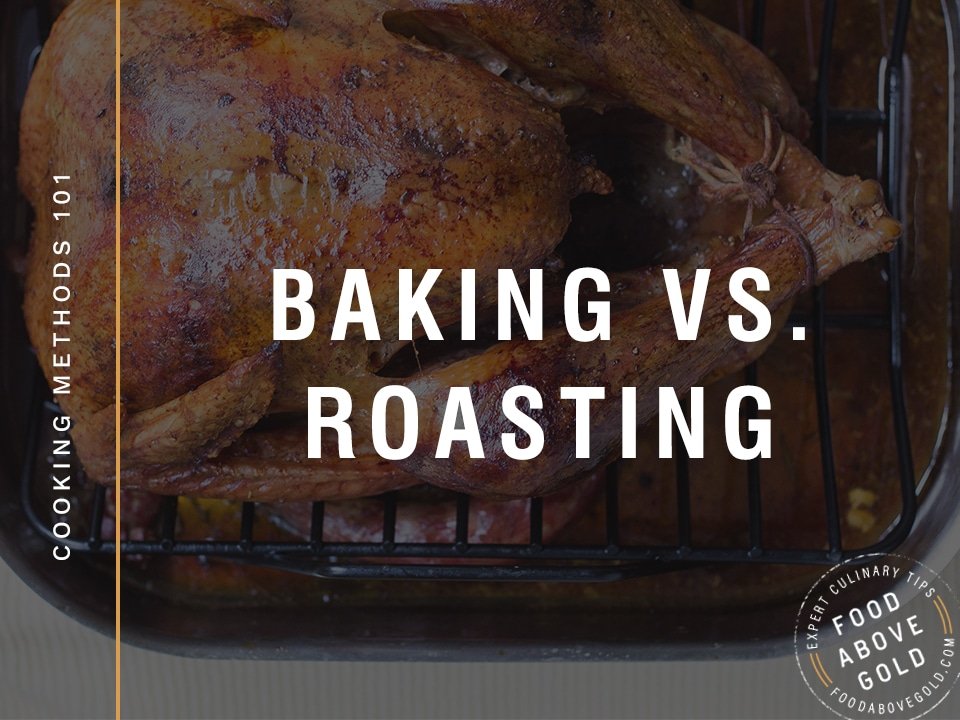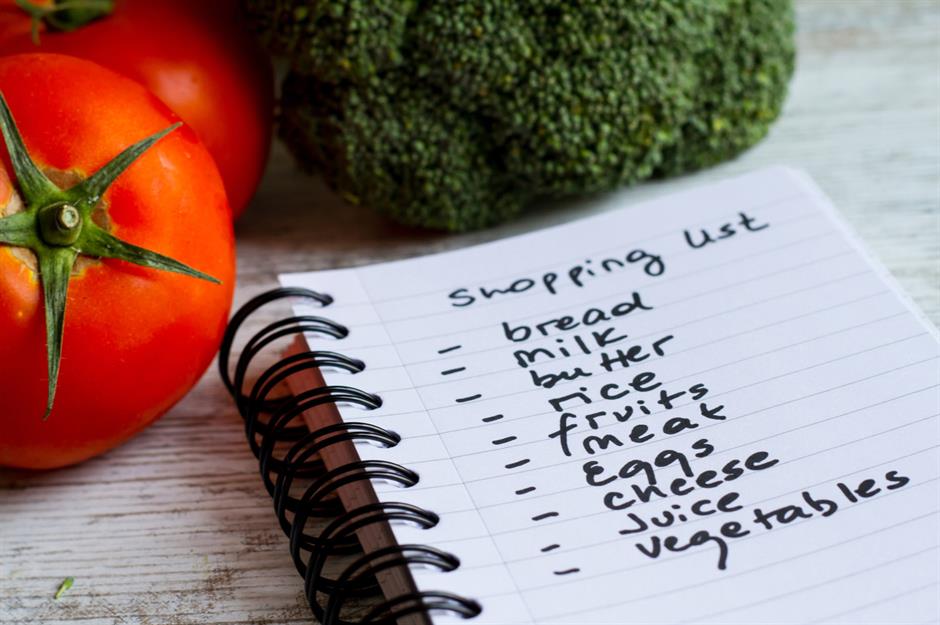
The kitchen is where you will find the best cooking methods for kids. Your cooking skills will be a valuable teaching tool for your kids. Not only will they be able to try new ingredients, but you'll also develop their language skills and build their self-confidence. Find out how to cook for your kids by reading on! Here are a few ideas to get them started. Listed below are some tips to get your kids cooking in the kitchen:
Engage children in the kitchen
Children can learn to cook by getting involved. Even though young children won't be interested in cooking as a hobby, they can learn how to make mash and peel vegetables. As they grow older, they will be able to use more tools and learn how to cook while also practicing math and reading skills. You can also get your kids involved with the cooking process, which will help them cook their own food.
Encourage them to experiment with new ingredients
It is tempting to hide food in your home for your children. However, this can cause them to be reluctant to try new recipes and foods. Make it as easy as possible to cook for children. Start by using your senses other than taste when introducing new ingredients and foods. Doing so can help create recognizable associations between new foods and flavors. Use your hands to knead dough, rinse vegetables, or grate cheese. Let them experience the different textures and flavors of new ingredients and you'll be a little bit more likely to get them to try the new foods.

Building self-confidence
Cooking for your children can be a great way teach responsibility and self confidence. They can also improve their math and language skills through this activity. The children will be proud to cook for their family and gain confidence in their cooking skills. While learning essential cooking skills, kids can learn how to stir, pour, spread and knead.
Developing language skills
Cooking with children is a great way to share the many benefits. These meals not only provide health benefits but they also enhance language skills. Children learn more from having a conversation with their parents, so it is a good idea to cook together. Here are some advantages of cooking with your kid. If you want to boost your child's language skills, consider teaching them to make their own recipes.
They need to be able to read food labels
It can be hard to get kids to understand food labels. But the benefits of teaching kids how to read food labels is well worth it. To begin, teach your children to read labels and determine the nutritional content. Then, you can discuss the benefits of selecting nutrients wisely. You can introduce each step slowly, one at time. Consider the steps as building blocks that will help kids learn to read labels. Once your child can easily read labels, you can move on to the next step.

FAQ
Can I learn to cook with my kids?
Yes! Yes, kids love to help in kitchen. It's a great way to teach responsibility and teamwork. Children can help with everything from washing vegetables to chopping onions. Children will love helping to cook if they are taught safe knife handling techniques.
Is it possible to be self-taught?
Self-taught cooking is possible! Everyone loves cooking, regardless of whether they are skilled or not. You can learn to cook by starting at home. Start small, such as making pancakes for breakfast and spaghetti sauce at dinner. You can learn the most by trying new recipes and making mistakes. It is possible to make mistakes.
You can learn to cook in a matter of hours or weeks depending on your level of cooking ability. It's important to remember that cooking isn't just about following recipes. There are so many ways to prepare food.
How can I be motivated to cook?
Sharing meals with family and friends is the best part of cooking. Cooking for one is easier than cooking for another. Try making something new if your goal is to become more motivated to cook. This will help you learn about new techniques and ingredients. Additionally, you can learn about new ingredients and techniques by incorporating recipes from different cultures into your cooking.
Statistics
External Links
How To
How to make the perfect omelet
Omelets are a favorite breakfast food of mine. How can you make them perfectly? I've tried many different methods and recipes, but none of them seem to work! So today, I want to share some tips and tricks with you so you can make your own delicious and fluffy omelets every morning.
Before we start making omelets, let's remember that eggs are temperamental. It is important that eggs are fresh from an organic market and kept cool until used. You must keep them cool enough to allow the whites to form properly and the yolks to become too runny if they're not kept at the right temperature. This will make your omelets appear strangely colored. It is best to use room-temperature eggs if you are going to cook them right away.
Another tip is to separate your egg before adding it into the pan. The yolk and white should not be mixed together as this can cause the omelet's curdle.
You might burn the bottom of the egg if you place the egg directly on the stovetop. This could ruin the texture of your omelet. Instead, heat the egg for 10 seconds in the microwave before placing it in the pan. The microwave heat cooks your egg just right, without it becoming too soft.
Next, let's discuss mixing the eggs. When you mix eggs together, you want to beat them well. To do this, take the bowl from the mixer and flip it upside-down. Now shake the bowl vigorously. This way, the air inside the bowl gets whipped around and mixes the egg thoroughly.
The fun part is now - adding the milk to the mixture. Pour half the milk into the beaten egg mixture and then fold in the eggs. Do not worry if you see streaks of egg; they will disappear when the omelet is flipped.
After you have done folding the eggs, heat the pan on medium heat. The oil will start to smoke. Once the oil starts getting hot, add 1/4 cup of butter to the pan and swirl it around to coat the entire surface of the pan. Open the lid and sprinkle salt on the pan. A pinch of salt will help prevent the omelet from sticking to the pan.
Cover the pan once the omelet is formed and allow it to cool completely. Use a spatula to flip the omelet or turn the pan upside-down. Cook the second side for a minute or so. Take the omelet out of the pan and immediately serve.
This recipe works best using whole milk. Skimmed milk is also possible.